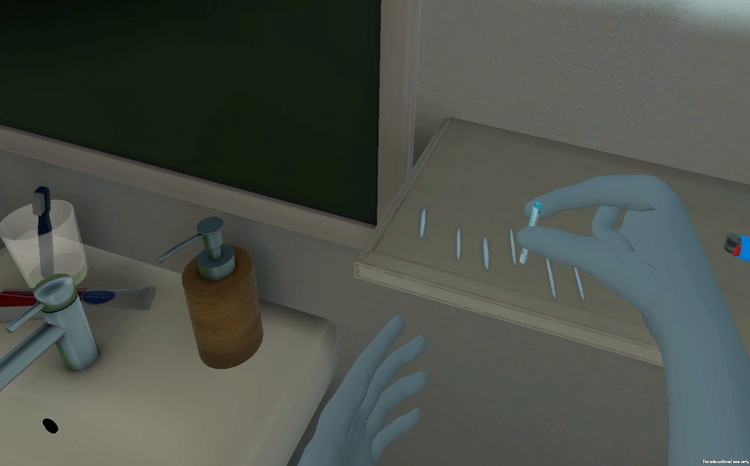Computerised casualty ‘whiteboard’ for Bedford
- 30 August 2005
Bedford Hospital’s accident and emergency unit has gone live with a new computer system developed by ExtraMed called A&E Whiteboard.
The new system has begun to replace the traditional whiteboards and clipboards used to keep track of patients on their journey through the department. The new A&E Whiteboard (below) provides an ‘at a glance’ view of a patient’s status, helps reduce paperwork and supports compliance with government targets for A&E care. Colour coding indicates in advance when a patient is at risk of breaching targets, allowing staff to take action.
Paul Raynor, A&E matron at Bedford Hospital said: “We have been fully operational with A&E Whiteboard for over a month now. There is widespread support for the new system. We can easily track what is required to ensure each patient is treated within targets and we are automatically gathering the information needed to identify the bottlenecks and strains on the department. We anticipate that this will significantly increase the operational effectiveness of our unit.”
He told E-Health Insider: “Clinical staff have been very involved [with the system’s development] from day one. The guys from ExtraMed talked to 15 or 16 clinical staff about what we wanted.”
After the package was designed 10 members of staff were involved in refining it at ExtraMed’s offices.
The package is viewed through PC terminals in the A&E unit. Raynor says a few extra terminals were needed but basically, according to ExtraMed, the package is designed to run on existing infrastructure. It integrates with the hospital’s PAS and with the ExtraMed Beds software installed over a year ago to support bed management.
The company predicts that the A&E Whiteboard will deliver a number of benefits including the creation of an A&E specific electronic patient record, and a reduction in the amount of stored and archived paperwork.
The system is available throughout A&E and in related departments such as radiology. Most updates to the system can be completed in four seconds, which includes a security check on the user. The system also provides an audit trail of all patient-related activity and produces GP letters every patient episode.





